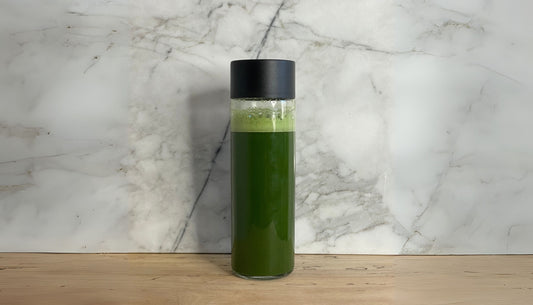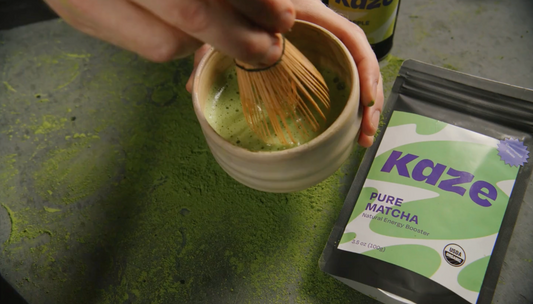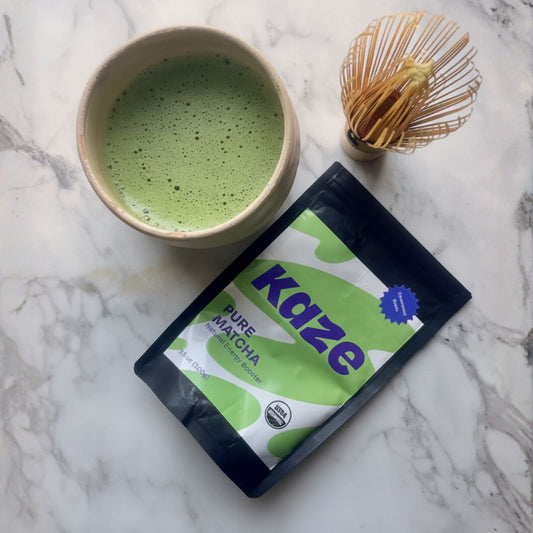What Is the Mind-Body Connection?
Have you ever caught a ball without thinking, played an instrument with your eyes closed, or instinctively balanced on uneven ground? These are all examples of the mind-body connection—the seamless communication between your brain and body that allows for smooth, coordinated movement.
It’s more than just hand-eye coordination; it’s about awareness of how your body moves through space. Whether slicing vegetables, shooting a basketball, or knitting, your ability to perform physical tasks with precision and ease depends on this connection. The stronger it is, the more efficiently you move, react, and engage with the world around you.
Why Does the Mind-Body Connection Matter?
The mind-body connection is fundamental to both movement and mindfulness. When we engage in activities with full awareness, we cultivate presence—allowing us to move more efficiently and effectively while also experiencing the moment more fully.
Beyond performance, this connection plays a role in injury prevention, coordination, and long-term well-being. Humans are designed to move through physical spaces, and maintaining a strong mind-body connection ensures that we do so with control, stability, and purpose.
How Do You Train the Mind-Body Connection?
Just like any skill, the mind-body connection can be strengthened through intentional practice. Training one area of your body can improve overall awareness and coordination. Here are several ways to develop this connection:
1. Movement-Based Practices
- Yoga & Tai Chi: These practices emphasize deliberate, controlled movements that enhance body awareness and balance.
- Martial Arts & Dance: Both require precise coordination, spatial awareness, and rhythm.
- Strength Training & Weightlifting: Proper form, controlled movement, and muscle activation reinforce the connection between brain and body.
2. Everyday Actions & Fine Motor Skills
- Playing an Instrument: Learning an instrument strengthens hand coordination and neural pathways.
- Calligraphy & Drawing: Fine motor control activities improve hand stability and sensory feedback.
- Whisking Matcha: The traditional act of preparing matcha with a chasen (bamboo whisk) is a rhythmic, meditative practice that refines fine motor control, engages the senses, and enhances awareness. The controlled wrist motion, the observation of the foam forming, and the sensation of the whisk moving through the water all strengthen the mind-body connection by fostering precision, presence, and coordination.
3. Sensory & Proprioception Training
- Balance Drills: Standing on one foot or using a balance board challenges coordination.
- Walking Barefoot or Toe Exercises: Many adults lose the ability to spread their toes, but retraining foot mobility enhances balance and proprioception.
- Blindfolded Movements: Performing familiar tasks with eyes closed sharpens awareness of how the body moves without visual cues.
- Breathwork & Meditation: Controlled breathing enhances physical relaxation and mental focus, bridging the gap between mindfulness and movement.
What Are the Benefits of a Strong Mind-Body Connection?
Training your mind-body connection offers benefits that extend beyond movement:
✅ Improved Focus & Learning: The discipline required to refine movement mirrors the process of learning any new skill.
✅ Increased Body Awareness: Helps prevent injuries by improving balance, stability, and coordination.
✅ Better Performance & Efficiency: Athletes and artists alike rely on mind-body awareness to execute precise movements with ease.
✅ Deeper Mindfulness & Presence: Being aware of physical sensations fosters a greater sense of being “in the moment.”
✅ Long-Term Well-Being: Maintaining neural and muscular coordination supports mobility and cognitive health as we age.
Final Thoughts
The mind-body connection is more than a concept—it’s a skill that can be developed through deliberate movement, mindfulness, and practice. Whether through sports, creative activities, or simple daily movements, strengthening this connection enhances performance, awareness, and overall well-being.
Instead of simply moving through the world, engage with it. Notice how your body feels, how it responds, and how small adjustments make a difference. Mastering the mind-body connection isn’t just about movement—it’s about learning how to fully experience life.






